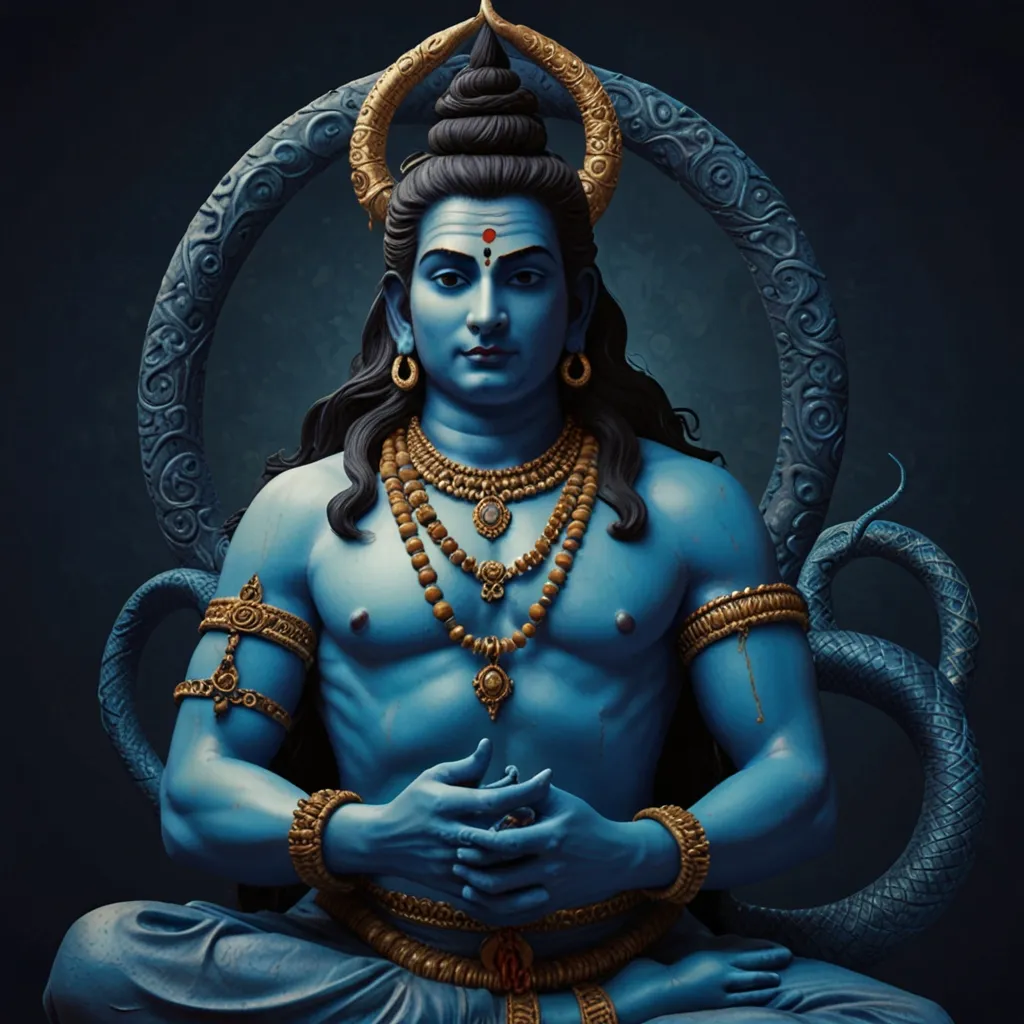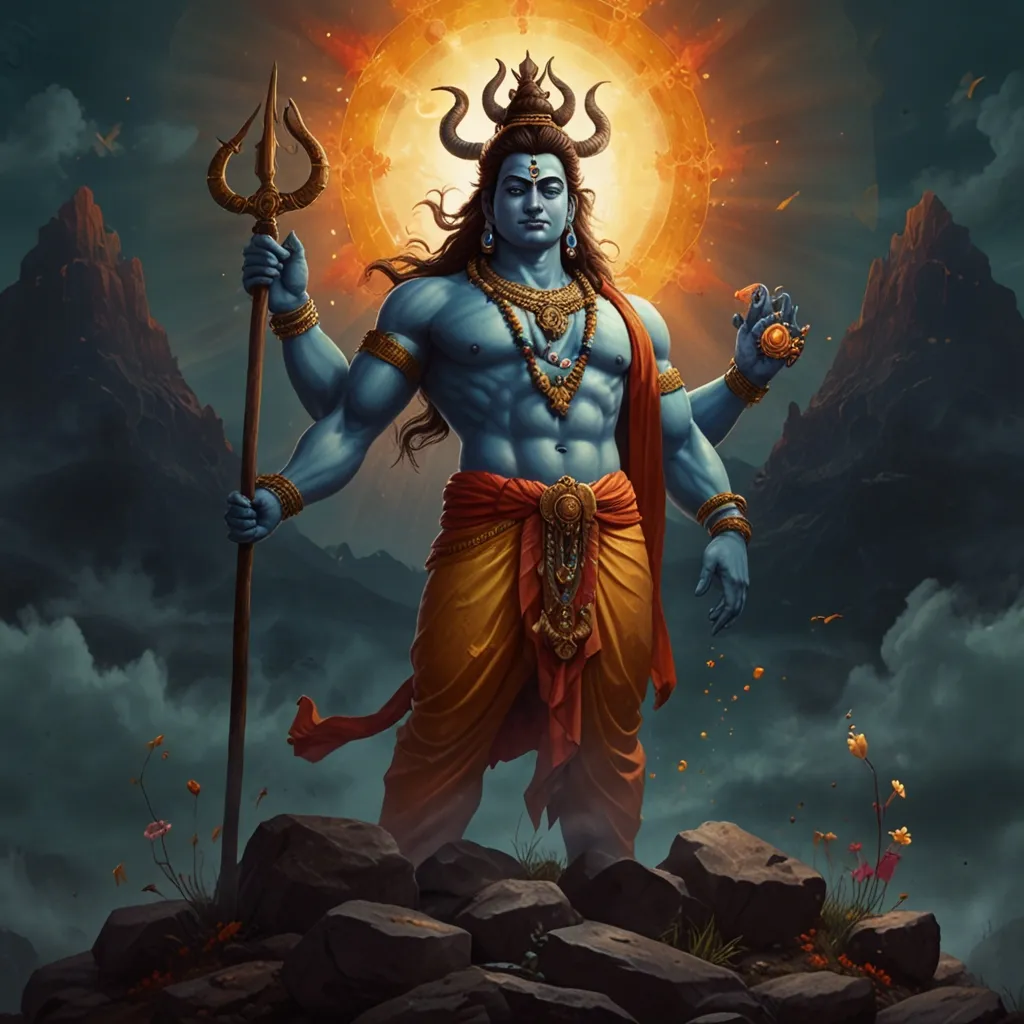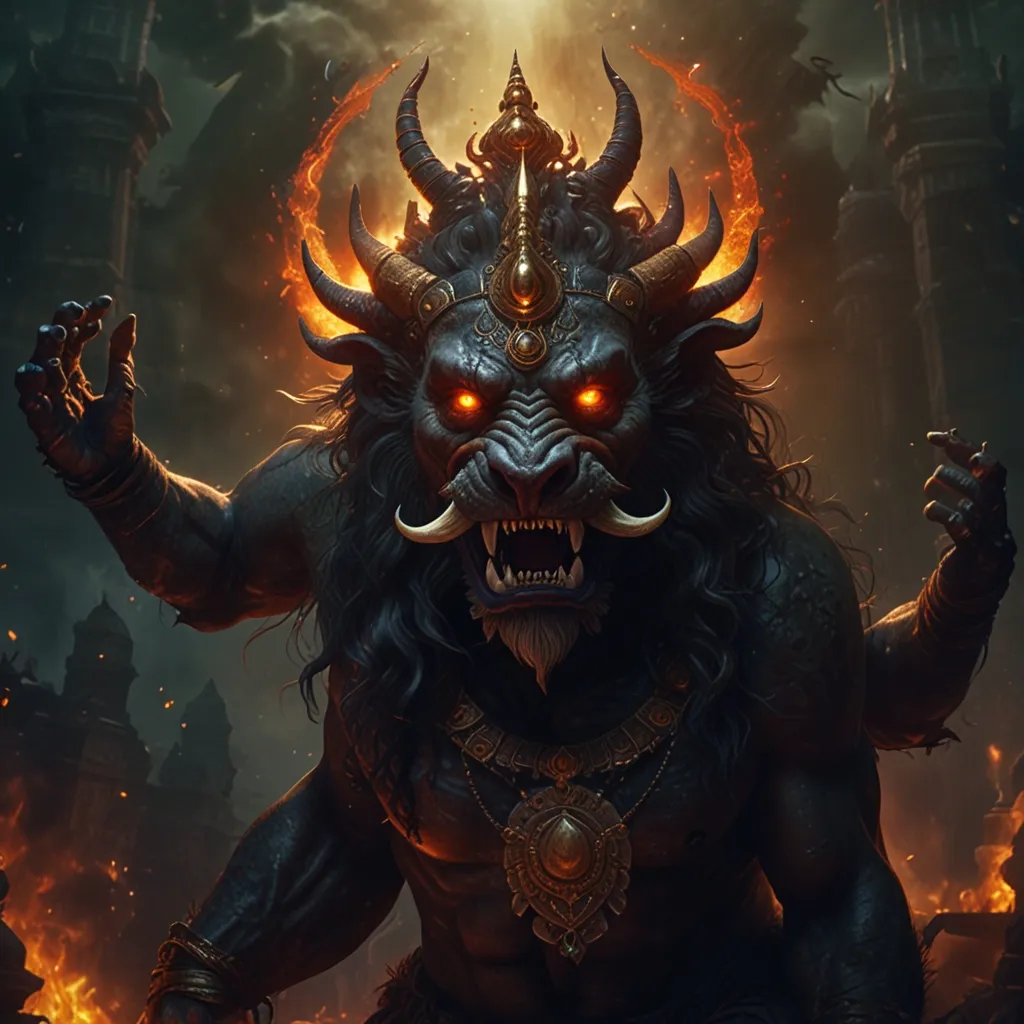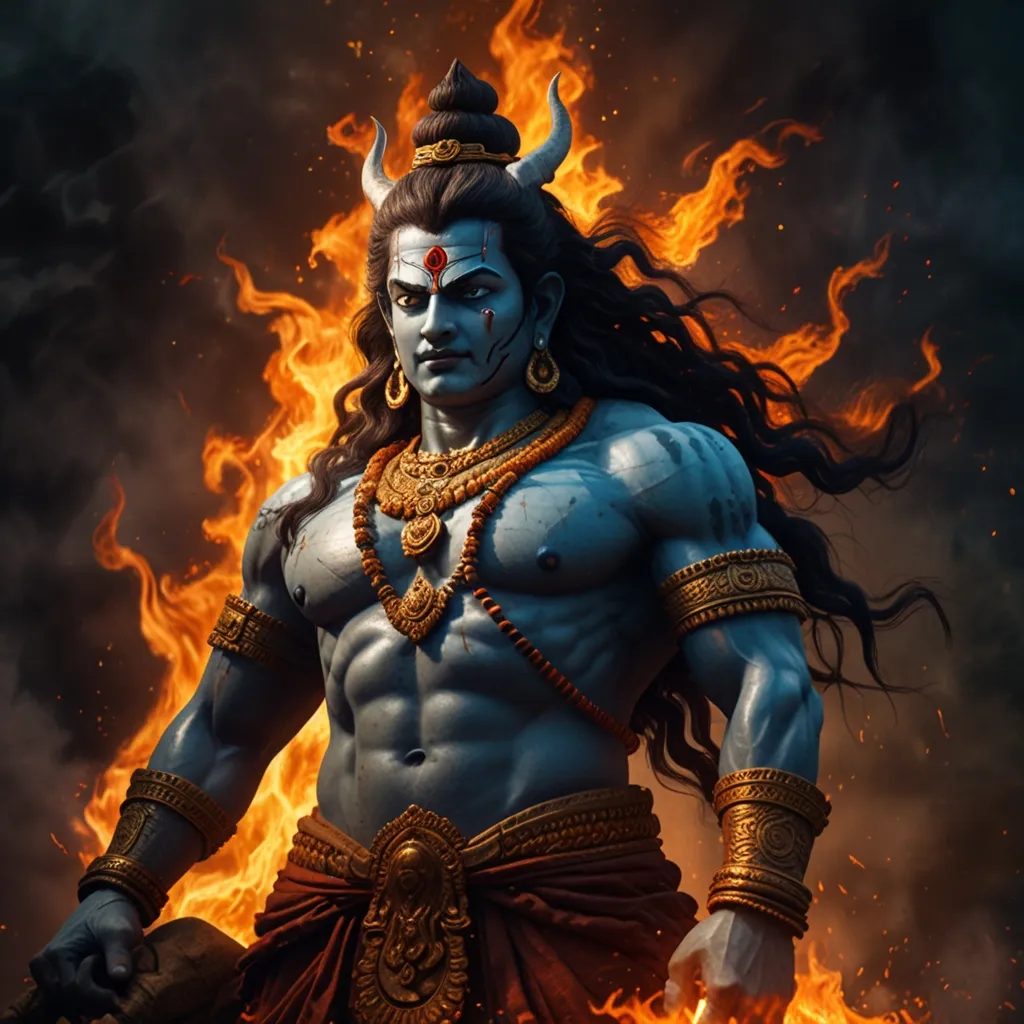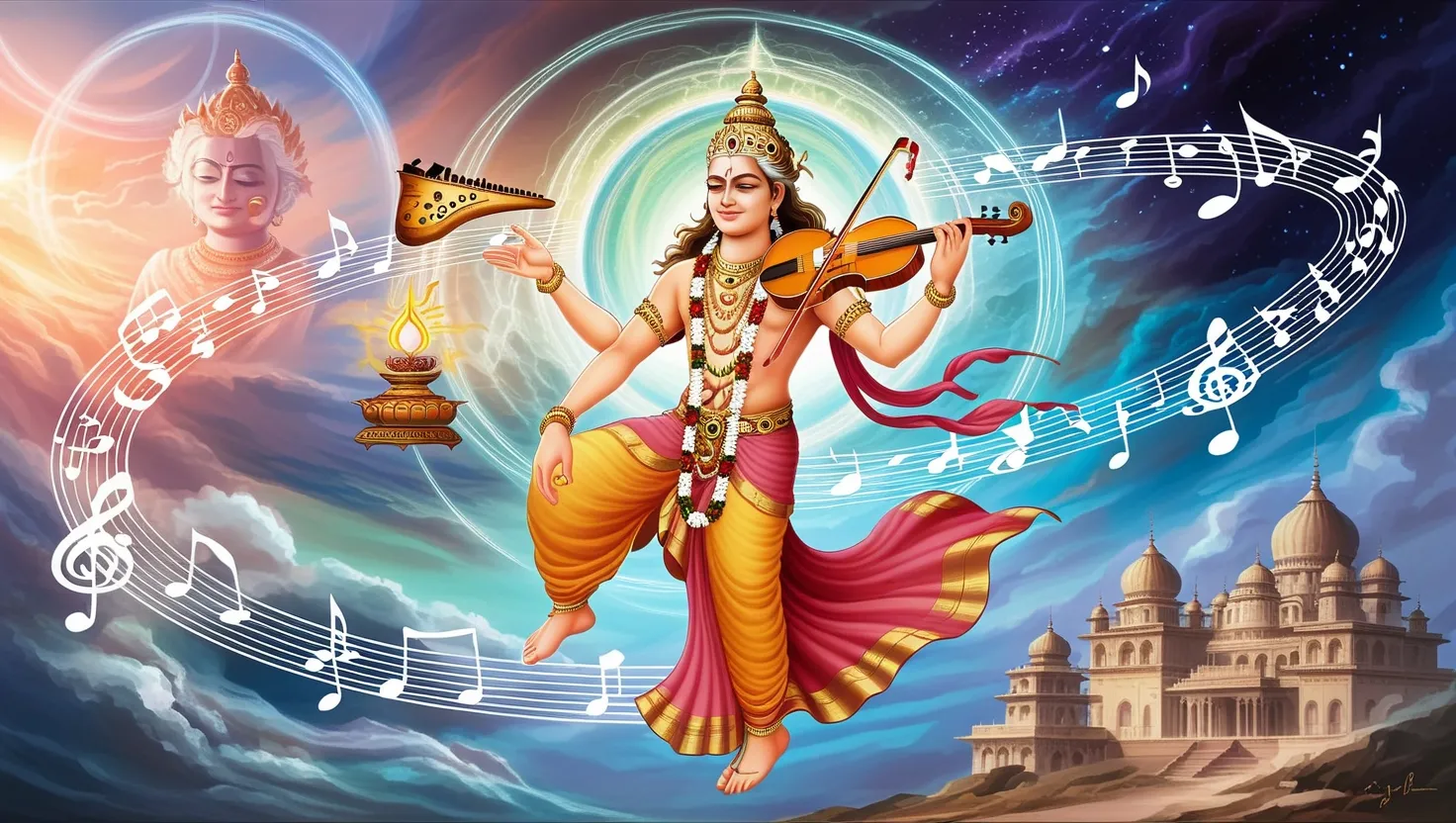In Hindu mythology, a treasure trove of captivating stories lies in the relationships between various gods, goddesses, and divine beings. One intriguing tale is the connection between Lord Shiva and the serpent Vasuki. Their bond is not just a legendary friendship; it’s a story brimming with symbolism and deeper meaning.
Picture Lord Shiva with his blue skin, often lost in deep meditation. He’s not just any deity but one of the prime figures in Hinduism. Shiva is known for his patience, sharp wit, bouts of anger, and immense capacity for forgiveness. Every element of his depiction tells us something about life, offering little life lessons hidden in plain sight. Among all the symbols, perhaps the most eye-catching is the snake coiled around his neck. That snake, folks, is Vasuki, the king of serpents.
Vasuki, born to the sage Kashyapa and Kadru, stands out as a powerhouse in Hindu tales. As the most powerful serpent and a die-hard devotee of Lord Shiva, Vasuki plays a pivotal role in numerous legends. His association with Shiva runs deep.
One of Vasuki’s most renowned adventures is the churning of the Ocean of Milk, known as Samudra Manthana. Imagine gods (devas) and demons (asuras) putting their differences aside to churn the ocean and extract the elixir of immortality, amrita. Vasuki, being the tough guy he is, volunteered to be the rope. They tied him around Mount Mandara, and as they churned, the deadly poison halahala emerged. This poison was so toxic it could annihilate all life. Enter Lord Shiva, who, in a heroic move, drank the poison to save the world. Poor Vasuki, though, having swallowed some poison himself, was in agony. Hurt and weakened, he lost his yogic powers.
In his desperation, Vasuki turned to Shiva, laying at his feet and venting his woes. He couldn’t understand why he had lost control and spewed the venom he’d been holding for ages. Shiva, with his characteristic kindness, comforted Vasuki. He promised that Vasuki would be needed again to churn the ocean, and the fragrance of amrita would rejuvenate his powers.
This episode really showcases the strong connection between Shiva and Vasuki. Shiva, moved by Vasuki’s endurance and devotion, decided to wear him as an ornament around his neck. This wasn’t just an accessory choice; it symbolized Shiva’s acceptance and protection of Vasuki. Often, you’ll see Vasuki coiled three times around Shiva’s neck, looking to the right. This isn’t just a pretty picture but a significant symbol. Vasuki stands for the cycle of creation and destruction, and his presence around Shiva shows the balance and order Shiva maintains in the universe.
Vasuki’s bond with Shiva isn’t limited to this story alone. Another legend has Vasuki lending his strength as the string of Shiva’s bow, used to destroy the three cities of Tripuradahana. This illustrates Vasuki’s unwavering loyalty and formidable strength. It’s clear he’s more than just a sidekick; he’s a stalwart ally.
In many depictions, Vasuki is shown as a multi-headed serpent, sometimes described as having a thousand heads. This portrayal emphasizes his incredible power and status as the king of serpents. His alliance with Shiva also makes him a beacon of power and protection, often invoked for safety against negative forces.
But Vasuki’s influence spills over into other realms, too. In Buddhism, Vasuki and other Naga Kings are often present during Gautama Buddha’s sermons. Their role is to protect and honor the Buddha and other enlightened beings. This cross-cultural presence highlights Vasuki’s significance beyond just Hindu stories.
Even in today’s times, Vasuki’s name lives on. Scientists stumbled upon fossils of a prehistoric serpent in India, naming it Vasuki indicus. This beast, possibly bigger than a T-Rex, has stirred both scientific curiosity and mythological interest, merging ancient stories with modern discoveries.
Vasuki’s reverence is evident in devotion practices. Temples and festivals are dedicated to him, like the Vāsuka/Vāsuca temple in Kerala and celebrations in Visakha district, Andhra Pradesh. During the Nag Panchami festival, people worship Vasuki, seeking protection and blessings, especially from snake bites. This festival underscores the love and respect people have for Vasuki.
Ultimately, the dynamic between Lord Shiva and Vasuki is a shining example of the rich tapestry of Hindu mythology. Vasuki, as the king of serpents, embodies power, protection, and nature’s raw strength. His relationship with Shiva epitomizes the harmony and equilibrium Shiva upholds in the cosmos. Through various tales and depictions, Vasuki’s importance transcends his association with Shiva, cementing him as a revered figure across different religious and cultural spheres. His story is a testament to the timeless allure of these ancient tales, continuing to enchant and teach us lessons in balance and devotion.
